Buying from the gluten-free aisle has become common practice, and according to Coeliac Australia 30% of us are reducing gluten intake by choice, while one in 70 has Coeliac disease.
The gluten-free retail market has expanded rapidly from $1.7 billion in 2011 and will reach $4.7 billion by 2020, Euromonitor International forecasts.
Despite its popularity, the “gluten-free diet” is not always synonymous with “healthy”.
Dietitian and culinary nutritionist for gluten-free company The Food Crafters and Healthy Home Cafe, Caroline Trickey says, “Many gluten-free products contain ingredients that are high GI and have empty calories. Shoppers need to look closely at the labels on their food and determine the nutritional integrity of a product before adding it to the trolley.”
Caroline shares her top tips to master gluten-free eating, without adding empty calories.
Know your calories
“The term ‘empty calorie’ is confusing and easily misunderstood. Most people believe that it means the food does not provide energy or calories, however this is not the case at all. Empty calorie foods do supply energy, often times quite a lot, but this energy contains no nutritional value.
When you consume high GI, empty calorie foods, it is quickly converted into sugar which can easily be stored as fat, and ultimately lead to weight gain. In contrast, nutrient-dense low GI foods are metabolised more slowly, this can provide a more sustained release of energy and will keep you feeling full for longer. Nutrient dense foods also provide your body with important nutrients like vitamins and minerals which help it function optimally and support important metabolic processes as well as immune function.”
Be aware of the replacement ingredient
“Gluten-free products use much higher GI, highly processed products to replace wheat flour like rice and corn flour, they also often include emulsifiers and stabilisers to enhance texture and flavour. Some of these additives have been linked to gastrointestinal upsets and other functional gut issues. The next time you pick up a gluten-free product check the ingredients list. Look out for ingredients that are overly processed and contain little nutritional value, or those with names you don’t immediately recognise as food, so a complex scientific name or number listed. With baked goods choose products that contain healthier ingredients such as coconut flour, almond meal and buckwheat. You may pay a little more for these, but your health is worth it!”
Learn to spot the good, the bad and the ugly
“The gluten-free specialty aisle contains some of the most heavily processed foods in the grocery store. However there are some healthier, low GI, high fibre, gluten-free options that contain less sugar and include natural ingredients like dried fruit and no added preservatives. Products such as The Food Crafters (www.foodcrafters.com.au) cookie range, can meet nutritional and dietary standards while still maintaining great taste and flavour.”
Rely on the food label
“Use the nutritional label as your ultimate guide. It will provide you with all the information you need in order to choose a healthier product. Start by checking the ingredients list, then move onto the nutrition information panel, find the 100 gram column and compare gluten free products. In particular, check the fibre content as this will only be included if there is a significant amount in the product. Also remember to check sodium or salt content.”
Balance is key
“Anyone who follows a gluten-free diet, regardless of whether you have Coeliac disease, gluten-sensitivities or not, I encourage you to keep your health top of mind. Be super-vigilant when selecting convenience packaged products and choose wisely.”
Do you struggle to determine what products are healthy for your family?
Share your comments below.
We may get commissions for purchases made using links in this post. Learn more.

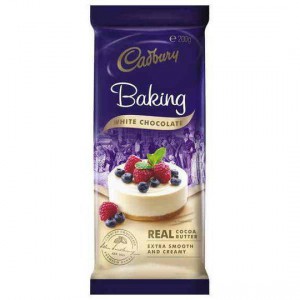
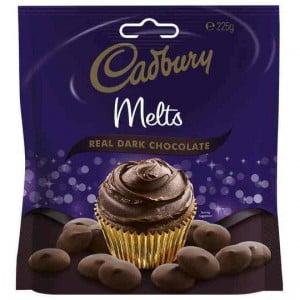
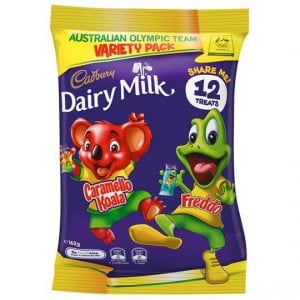






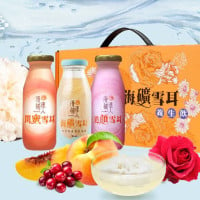

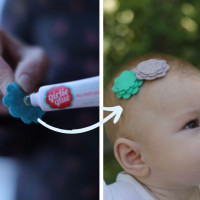







-

-
-
-
mom266216 said
- 11 Nov 2017
Reply
-

-
-
-
mom206279 said
- 26 Oct 2017
Reply
-

-
-
-
Ellen said
- 26 Oct 2017

-

-
-
-
rachel1970 said
- 26 Oct 2017
Reply
-

-
-
-
BellaB said
- 26 Oct 2017
Reply
-

-
-
-
ashna9 said
- 25 Oct 2017
Reply
-

-
-
-
mom112217 said
- 25 Oct 2017
Reply
-

-
-
-
mom81879 said
- 25 Oct 2017
Reply
-

-
-
-
mom160421 said
- 25 Oct 2017
Reply
-

-
-
-
mom90758 said
- 25 Oct 2017
Reply
-

-
-
-
mom93821 said
- 25 Oct 2017
Reply
Post a comment8:35 am
9:10 am
7:37 am
-

-
-
-
mom93821 replied
- 13 Nov 2017 , 11:48 am
Reply6:50 am
1:12 am
8:23 pm
6:41 pm
6:02 pm
5:27 pm
4:03 pm
2:30 pm